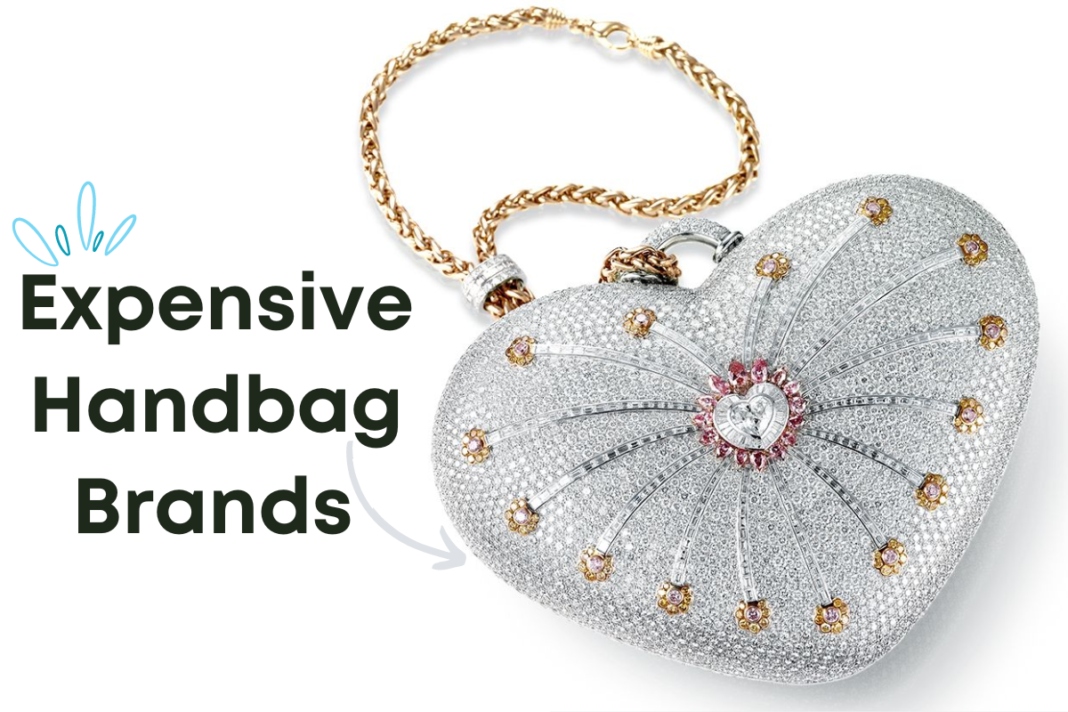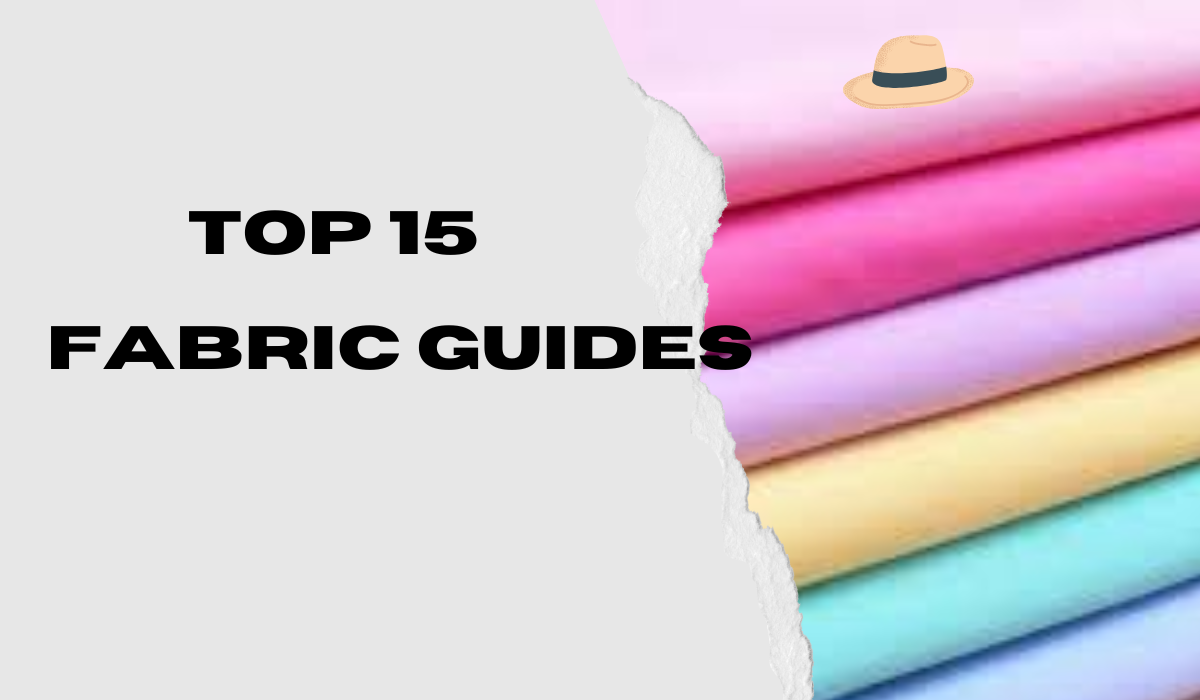What is Twill Fabric?
Introduction:
In the world of textiles, there exists a fabric that seamlessly blends style, durability, and comfort—twill fabric. Its unique weaving pattern sets it apart, making it a popular choice for a wide range of applications, from clothing to home furnishings. In this comprehensive guide, we'll delve into the intricacies of twill fabric, exploring its history, characteristics, uses, and care tips.
What is Twill Fabric?
Twill fabric is a type of textile distinguished by its characteristic diagonal weave pattern. Unlike plain weave fabrics where the weft (horizontal yarn) alternates over and under each warp (vertical yarn) thread, twill fabric features a pattern where the weft passes over multiple warp threads before going under one or more. This results in a diagonal rib or line pattern across the fabric's surface.
History of Twill Fabric:
The origins of twill fabric can be traced back to ancient civilizations, with evidence of twill-woven textiles dating as far back as the Iron Age. Twill weaving techniques have been utilized by various cultures across the globe, from ancient China and Egypt to pre-Columbian America. Its enduring popularity can be attributed to its durability and distinctive appearance.
Characteristics of Twill Fabric:
1. Diagonal Weave: The defining characteristic of twill fabric is its diagonal rib pattern, which sets it apart from other weaving styles.
2. Durability: Twill fabrics are renowned for their strength and resilience, making them ideal for garments and furnishings that undergo frequent use.
3. Softness: Despite its durability, twill fabric is often soft and comfortable against the skin, especially when made from natural fibers like cotton or silk.
4. Drapability: Twill fabric has a good drape, allowing it to conform to the body's contours or hang elegantly when used in curtains or upholstery.
5. Versatility: From denim jeans and dress shirts to upholstery and accessories, twill fabric finds application in a wide range of products due to its versatility.
Types of Twill Fabric:
1. Cotton Twill: Cotton twill is one of the most common variations, prized for its softness, breathability, and versatility. It is widely used in apparel such as jeans, chinos, and casual shirts.
2. Wool Twill: Wool twill fabric is known for its warmth and luxurious texture, making it suitable for tailored suits, coats, and skirts.
3. Silk Twill: Silk twill fabric exudes elegance and sophistication, often used in high-end fashion garments, scarves, and accessories.
4. Polyester Twill: Polyester twill fabric offers durability and resistance to wrinkles and shrinking, making it a popular choice for workwear and outdoor gear.
Uses of Twill Fabric:
1. Apparel: Twill fabric is extensively used in the fashion industry for crafting garments ranging from casual wear to formal attire. It is particularly favored for its durability and ability to hold color well, making it ideal for everyday clothing items like pants, skirts, jackets, and blazers.
2. Home Furnishings: Twill fabric's durability and drapability make it a popular choice for upholstery, curtains, bedding, and decorative pillows. Its wide range of colors and patterns allows for versatile design options to suit any interior décor.
3. Accessories: From handbags and shoes to belts and hats, twill fabric adds a touch of style and durability to various accessories.
4. Industrial Applications: Twill fabric's strength and resilience make it suitable for industrial purposes such as workwear, aprons, bags, and tents.
Here is some helpful links
- glassdoor.ca/Overview/Working-at-Hula-Global-EI_IE6814980.11,22.htm
- glassdoor.co.in/Overview/Working-at-Hula-Global-EI_IE6814980.11,22.htm
- cience.com/company/hula-global/3593238523903871358
- owler.com/company/hulaglobal
- atoallinks.com/2022/how-to-start-a-clothing-line-or-clothing-brand
- rocketreach.co/hula-global-profile_b45ca166fc6d6a7d
Care Tips for Twill Fabric:
Proper care and maintenance are essential for prolonging the life of twill fabric garments and furnishings. Here are some tips to keep them looking their best:
1. Follow Care Instructions: Always check the garment's care label for specific washing and drying instructions. Some twill fabrics may require gentle washing or dry cleaning to maintain their integrity.
2. Avoid High Heat: Excessive heat can damage twill fabric fibers, leading to shrinkage or distortion. When ironing, use a low to medium heat setting and avoid direct contact with the fabric.
3. Store Properly: To prevent wrinkles and maintain shape, store twill fabric garments on hangers or neatly folded in a cool, dry place away from direct sunlight.
4. Handle Stains Promptly: Blot stains on twill fabric immediately with a clean cloth to prevent them from setting. Avoid rubbing, as this can spread the stain further. For tough stains, consult a professional cleaner.
Conclusion:
Twill fabric's timeless appeal lies in its unique weaving pattern, durability, and versatility. Whether adorning the runway or enhancing interior spaces, twill fabric continues to captivate with its charm and functionality. By understanding its characteristics, uses, and care tips, you can fully appreciate the beauty and craftsmanship behind this enduring textile. So, whether you're donning a pair of classic denim jeans or lounging on a twill-upholstered sofa, take a moment to admire the intricate weave that makes twill fabric truly exceptional.

.png)
.png)


.png)
Comments
Post a Comment